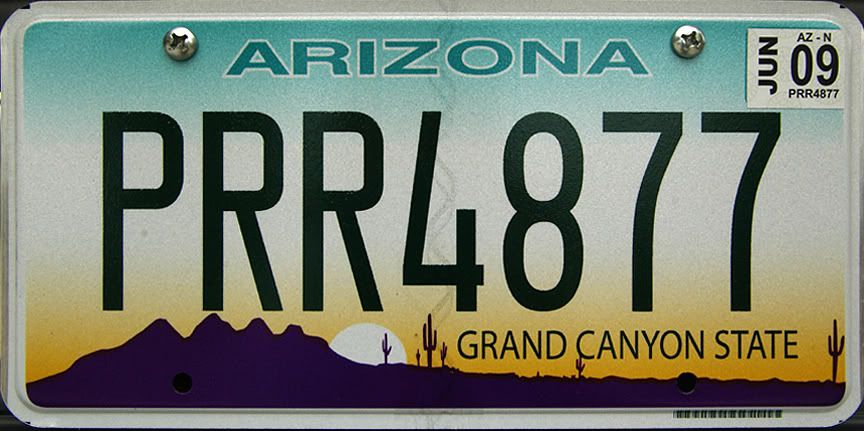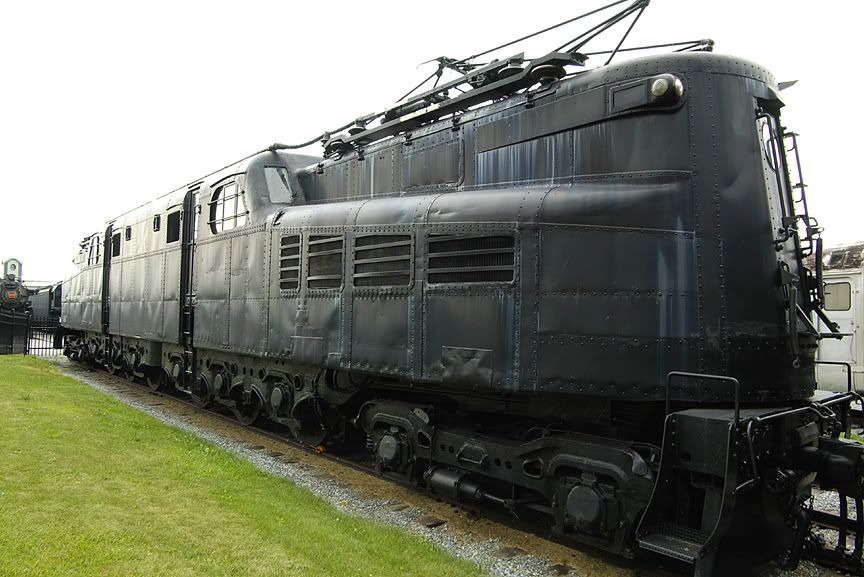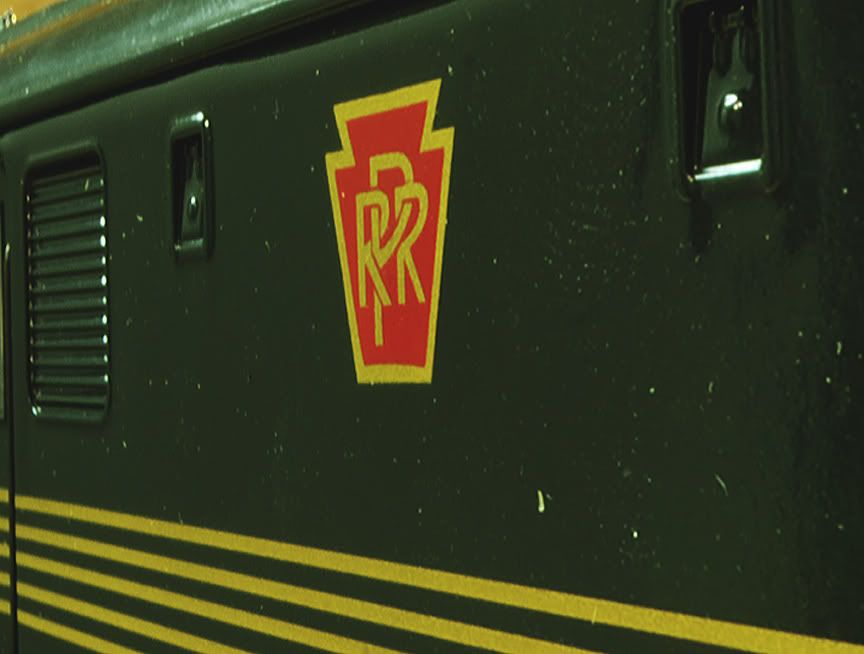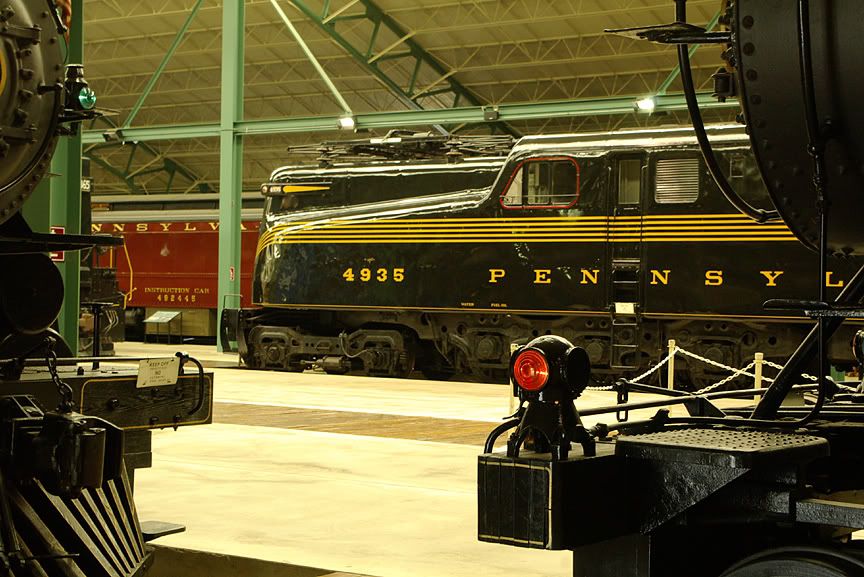Jonathan, I have all of Don's books, I'll dig mine out and take a look. Thought you might be interested in this article since I get this question all the time from folks who ride the non electric lines to Newark Penn Station and then change to Corridor trains to go into NYP. The third rail only works on two tracks for Amtrak in NYP to allow them to run trains up the west side of the city to Montreal. No third rail in the tunnels west. Regards, Jerry
July 6, 2008
Bombardier lands NJ Transit dual-power locomotive contract
After a long development process, New Jersey Transit is expected to award a $325.42 million contract ($309.92 million plus 5% for contingencies) to Bombardier Transportation for 26 dual-power (diesel/a.c. catenary, also known as "electric-diesel") locomotives at its July 9 board meeting. The contract includes spare parts and is "subject to the availability of funds," according to NJT's board agenda.
The new-technology locomotives fall under NJT's $1.29 billion Fiscal Year 2009 capital program. They will replace the oldest units in the agency's fleet, some of which are 40 years old. The procurement is part of NJT's ongoing rolling stock modernization program, which also includes 326 Bombardier MultiLevel commuter railcars, 27 Bombardier ALP-46 electric locomotives, 110 electric multiple-units, and 1,365 new buses.
"The purchase of dual-powered locomotives is a cost-effective solution for operating in both electrified and non-electrified territory," NJT's board agenda item states. "Dual-powered locomotives will provide the flexibility to operate throughout the entire system as needed" and "will also allow NJT to develop operational experience with dual-power capability in anticipation of the Access to the Region's Core project (Trans-Hudson Express Tunnel), which is designed to provide one-seat, direct rail service to New York City."
Traditional dual-mode (diesel/third-rail-electric) propulsion has been around for quite some time in North America, but dual-power rolling stock that combines a.c. catenary with diesel propulsion has, until now, never been seriously attempted here. For at least the past two years, NJT and Montreal's AMT (Agence Metropolitaine de Transport) have been collaborating on workable, cost-effective dual-power equipment to provide passengers with one-seat rides between electrified and non-electrified territory. NJT already operates services where a transfer is required; AMT plans to construct new lines that feed into an existing electrified line.
STV, Inc. provided engineering assistance to NJT and AMT on the dual-power locomotives. These locomotives, which will cost about $12 million each, are designed to satisfy several of NJT's operating constraints. Among these are Amtrak's Northeast Corridor tunnel clearances (the locked-down-pantograph height in the Hudson River tunnels is 14 feet 7 inches), carbody space (no more than 75 feet long), noise levels, EPA emissions compliance (Tier II, with Tier III coming up in 2010), performance, and"”most problematic"”weight. Amtrak's maximum locomotive weight on the Northeast Corridor is 288,000 pounds gross rail load for speeds above 79 mph.
The challenge has been to fit a diesel power plant and electrical transformer into one carbody within those parameters. How do you distribute weight on four axles (NJT's preference), provide good adhesion on grades, and not be off the charts on curving forces? One way is to reduce unsprung mass by suspending the traction motors on the trucks, not the axles (this is done with the Alstom Transport PL42AC diesel and Bombardier ALP46 electric). As for the diesel engine, a traditional 16- or 12-cylinder low-speed (900 rpm) diesel is too heavy. A high-speed (1,800 rpm) diesel is much lighter yet just as powerful, but its components will have a much higher wear rate. The solution is utilizing not one but two engine/generator sets, with computerized engine management that equalizes engine service hours.
AMT expects to order as many as 20 dual-power locomotives in its five-year capital plan. This agency has the same operating constraints as NJT, namely, the three-mile-long tunnel on the 25Kv-electrified Deux Montagnes Line, which serves Montreal's Central Station. AMT plans to connect the non-electrified Blainville Line to the Deux Montagnes Line just outside the tunnel, and construct the new, non-electrified Repentigny-Mascouche Line, which will feed into the Deux Montages at Mont-Royal.




 Lots of great information.
Lots of great information.








